Jailbreak your phone
How the absence of TikTok made space for a 17 year old to hack Apple and whydecoupling from your phone will set you free.
We use to void our warranties without batting an eye.
When we wanted apps to run at the same time, non-AT&T carriers, a themed app interface… all we had to do was look up some tutorials and download Cydia.
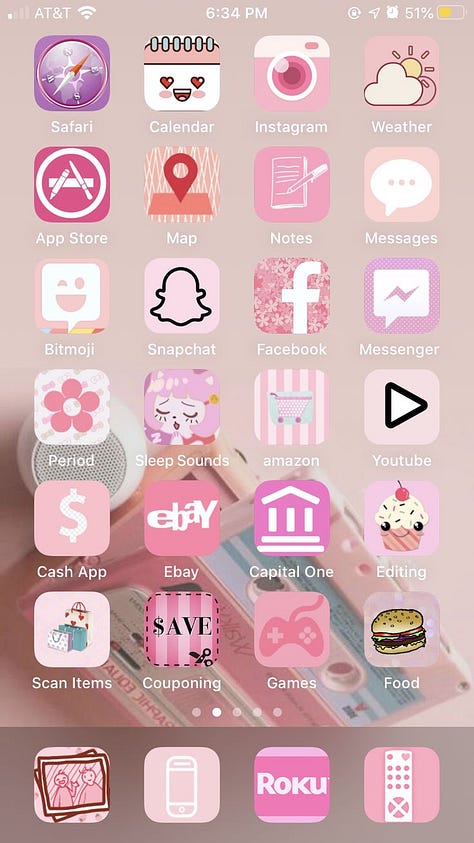
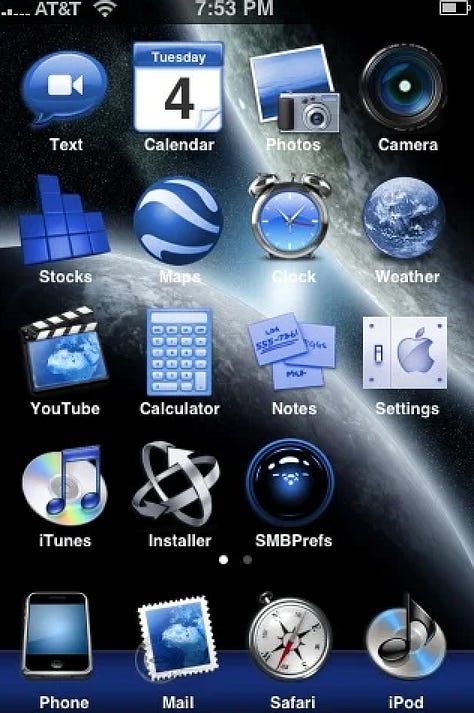
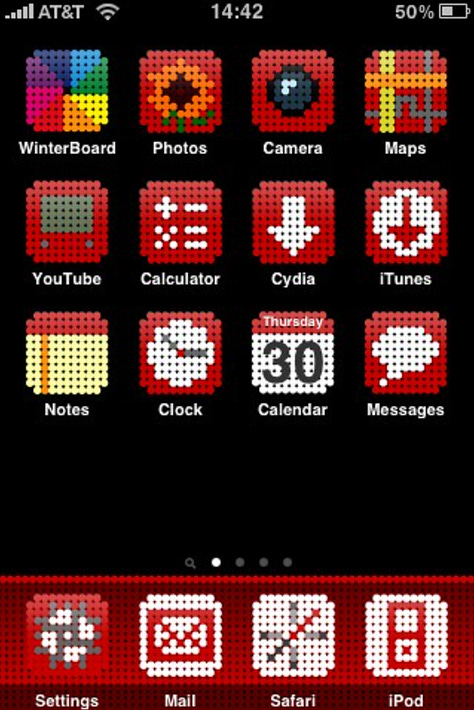
Defiling your phone’s operating system to customize its capabilities (Jailbreaking) was all the rage in the 2010s. It pissed off Steve Jobs and, at its peak, had at least 4.5 million weekly participants. Jailbreaking came about as a solve for Apple’s 5-year exclusive partnership with AT&T — when Verizon or T-mobile loyalists, desperate to hop on the train, were left out in the cold. The craziest part?
A minor pioneered the first Jailbreak
Then 17-year old, George Hotz claimed the status of Internet Legend by breaking into the original iPhone. He was the first to make other carriers compatible with the iPhone — he even traded in his unlocked phone for a Nissan 350Z and three more iPhones. Not too bad for a kid who looked suspiciously like Shaggy from Scooby Doo.
Kids used to tinker! We used to get bored! There was a time when we created our own projects for entertainment, when a simple wooden stick was enough for an afternoon.
Imagine if Hotz had TikTok.
We used to create things for ourselves, not for show.
Remember all the CSS we learned to design our Tumblr pages? How we’d go through extreme lengths to customize our ringtones. Mine was Kim Possible’s iconic jingle.
It used to be cool to ‘wear-in’ your tech. Oh, the joy of unlocking your phone to see your apps cascade down as though its bound by gravity. I remember spending days frankenstein-ing chunks of code I didn’t understand, just for my own amusement.
Today, everything we do must be documented. Every hobby is a side hustle just as every customization is also self expression (by way of Labubus, mismatched keychains, and Jane Birkin-ifying your purse). We put all our energy into curating our social resumes — everything we do is in service of being perceived. What happened to spending days working on a project that would never see the light of day?
In a fit of extreme boredom sometime during 2014, I made a Deadmau5 helmet using foam and paper mâché.


Could getting hacked be a bigger deal now?
Yes, I know security was a big reason why Apple vehemently opposed Jailbreaking. But (and take this with a grain of salt) was getting hacked back in the 2010s as bad as getting hacked now?
In 2007, the average American had a daily screen time of 24 minutes.
It was when we mostly mostly accessed the internet through desktops and pirated music off the internet. When our lives were more compartmentalized in single-purpose devices.
Today, the average American has a daily screen time of 7-12 hours. Everything you might need can be done on your phone and all your information is centralized. Gives new meaning to the phrase “chronically online” doesn’t it?
Getting hacked then might mean access to phone records, text messages, the rogue selfie, but getting hacked now means losing your bank logins, addresses, pin #, etc.
The act of plugging in has become a ritual.
Just by opening your MacBook, you’re instantly logged onto all the sites you left, your Air-maxes are automatically turned on and programmed to autoplay your latest Spotify Discovery Weekly playlist. I think of that scene in Avatar (blue monkeys, not The Last Airbender) where Jake wakes up in his new body. All our senses are accounted for when we plug-in. By simply turning my device on, I enter a new world.
Integration today is the 2010 equivalent of fitting tech into your palm. Your fitness apps talk to your calendar which talks to your search engines and social media apps that spawn targeted ads. Soon, all our apps would only operate on subscription models that we must pay because this pursuit of inter-connectedness has made it impossible for one app to function without others.
All in pursuit of convenience and user-friendliness! They say. I suspect that the final form of all this is just a big red button.
So how do we decouple ourselves from our tech?
A member of the Cyber Celibate community (one of you!) sent me pictures of my Substack being read on a Kindle alongside a tutorial on how-to jailbreak a kindle.
“I can read books and articles with no distractions, without getting dirty a physical book,” they said (this email made my entire week, thank you. Could the solution be bringing back personalized tech?
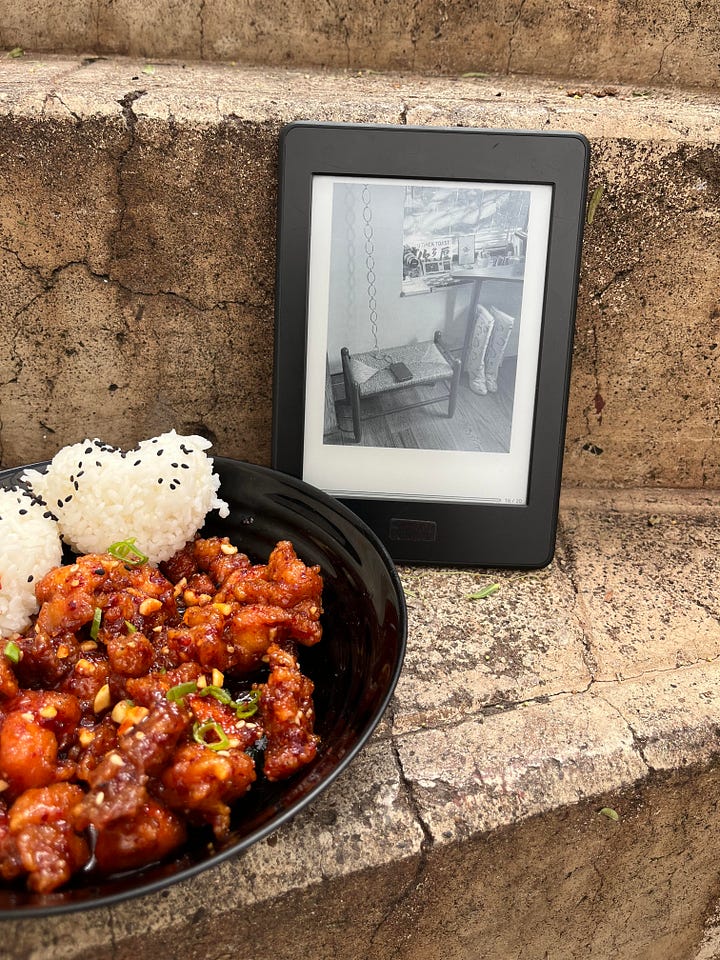

Derrick Gee recently talked about the return of piracy: we’re tired of Spotify ads! We’re sick of getting distracted! I swear to god if I’m marketed another subscription…
Abundant access suffocates intention. The same way MP3 players cultivate simpler, more mindful listening, single-purpose devices instill healthy forms of friction in our everyday experiences. They separate us from our phones, from the seamless digital ecosystem we’ve created for ourselves. A wise man (me) once said (in my first Substack post): “our digital experiences, like our brains, are smooth and frictionless.”
A TikTok of two people on recliner chairs watching TV came on my feed recently. Their set up, admittedly, looked comfy. But it felt a little dystopian. Is this the final form of interconnectivity? A big gulp and a floating screen? We don’t seem too far off.
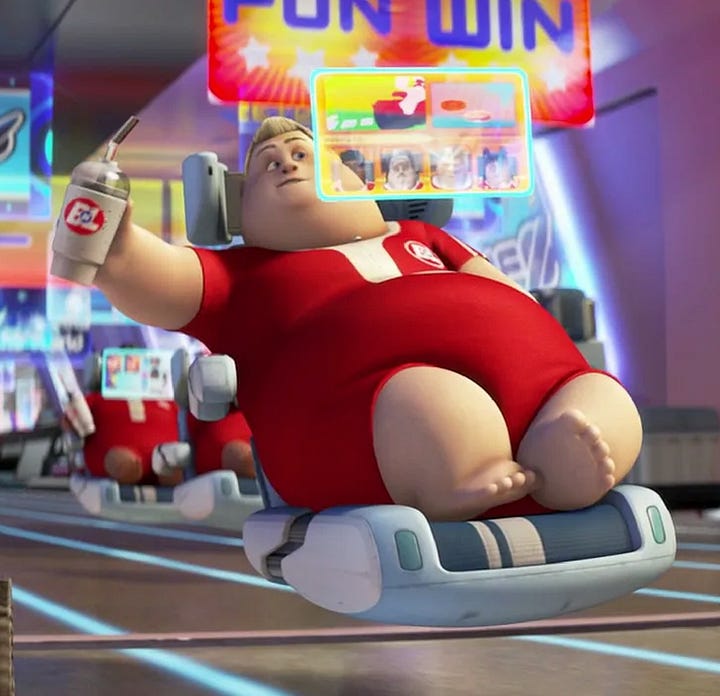
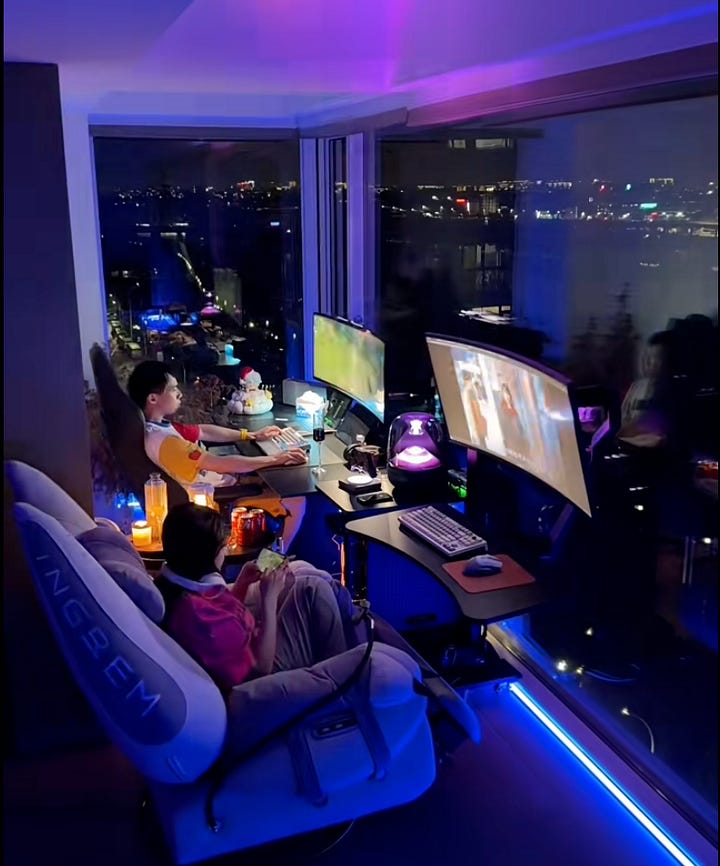
I’ll die on this hill: The cheugy-ification of laptop stickers killed the whimsy of personalized tech. The obsession with generic technology (and its unmatched convenience) is Gen-z’s millenial grey.
The centralization of our technology has made plugging in as simple as gently tilting your phone up. Maybe it’s time we took the power back. Void some warranties and break some code. Really stick it to the man.
***
Hello friends! I recently enabled paid subscriptions to support some of my more rogue ventures in cyber celibacy (typewriters, building a printing press… more to come).
I also created a Snail Mail Membership, where (in true neo-luddite fashion) I’ll physically mail you this newsletter on a bi-monthly basis. For the first dozen snail mail members, I’ll handwrite your first letter <3



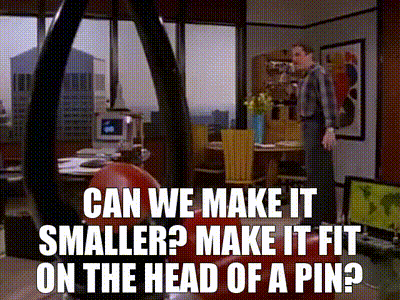
I really liked your post and read everything you wrote. I absolutely agree with you. Everything we used to do was for ourselves. Then everything else: money. I encounter many publishers who claim their hobby has become their job. It seems ridiculous to me. I keep trying to convince myself that I do this because I love it. There are success stories etc. everywhere. One has to convince oneself of certain things.